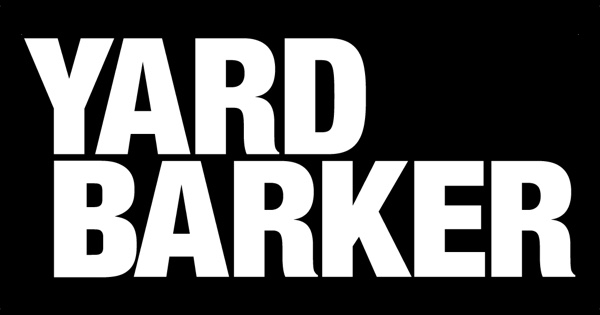By Irishexaminer.com,Tom O’connor
Copyright irishexaminer

The Government’s White Paper on Enterprise to 2030, and particularly Enterprise Ireland’s report, Delivering for Ireland, Leading Globally 2025-2029, identify key sectors and types of businesses in which indigenous companies have a strong competitive advantage for exports.
Food continues to be a big driver in indigenous product exports with significant potential to expand. In 2024, exports of Irish food, drink, and horticulture were worth €17bn and growing. Chief among food exports are dairying products (€6.3bn), more than doubling in a decade. Next was beef and livestock at €4.3bn, up 6%, while the value of drinks exports rose by 19% to €2.1bn, with big performances in the whiskey and ‘ready to drink’ categories also.
New markets have been opening up for indigenous food exports. For example, In 2023, the value of Irish goods exports to Egypt (2023) amounted to €279m, which included 6,000 tonnes of cheese. In the same year, total Irish goods exports to Morocco was €224m, which included 3,200 tonnes of butter.
Enterprise Ireland policy has a four-fold methodology: Start-Compete-Scale-Connect. To do this, indigenous business groups in medtech, engineering, and other areas have been calling for support in Budget 2026, particularly for start-up grants, and capital to scale up operations for higher exports.
Most of the promising new sectors are in ‘deeptech’, which involves in-depth technology, engineering, research, invention, innovation, intellectual property, and ultimately product development.
Deeptech application of lifesciences to product development and company spin-outs are anchored in technology centres, research clusters, and business incubators linking businesses to academia, research, and development. This is critical, as is the significant spend by Solas on education and training in lifesciences, and university degree/postgraduate research programmes.
Indigenous Irish companies have gained a strong foothold in the lifesciences-inspired area of medtech in recent years. As far back as 1963, Vitalograph, based in Ennis, has been producing cardio-respiratory products, and now employs 600 people.
Many newer medtech companies have been spun out of technology centres and research clusters, and are showing dramatic economic potential to grow and export. For example, ICS Medical Devices, based in Galway, specialises in the design, development and manufacture of minimally invasive catheter technologies. Neuromod, based in Dublin, produces smart medical devices to treat tinnitus, attracting tens of millions in private investment and the European Investment Bank.
Medtech Ireland, representing the Irish medical technology sector is calling for a 35% research and development tax credit, more state investment in industry-led upskilling and apprenticeship infrastructure, and the setting up of a dedicated office of lifesciences in the Dept of Enterprise.
Lifesciences research continues to inspire innovation, like precision fermentation, a form of brewing producing microbes which has been used up to now mainly for drugs and food additives. This technology can now produce new foods, with minimal carbon footprint, as part of the green transition.
Opportunities for Irish engineering companies exist, according to Enterprise Ireland, in areas like aerospace and automation. Companies like Enercon, which produces wind turbines for wind energy and green energy solutions, have high export potential.
New cross-sectoral indigenous companies in agritech, combine lifesciences and IT hardware/software. Dairymaster exports high-tech dairy equipment while Moocall produces IoT devices, including a sensor attaching to a cow’s tail sending alerts when calving.
Human capital for Deeptech Irish indigenous product exports is vital. Ireland has 40 Stem graduates per 1,000 people, almost double the EU average of 22.
Ireland has a strong competitive advantage in wind energy. A cluster of pioneering Cork companies, including EI-H2, owned by Cork entrepreneur Pease Flynn, generates energy from wind farms, storing it in green hydrogen.
Last year, the EU was Ireland’s largest exporting region. The total value of goods exports from Ireland to EU was €89bn, compared to €72.6bn to the US. Exports to the Netherlands alone in the first six months of this year were €12.9bn.
Eastern European markets are showing very high market potential for Irish exports, from a lower base, led by Poland (€965m) and Hungary (€531m) in the same period. China received €4.5bn of Irish exports, followed by Mexico, Switzerland, and Japan at around €1.8bn each. There are also significant market opportunities in Malaysia, Brazil and Turkey.
The government can target greater exports to these new non-tariff markets, and reduce the over-reliance on the multinational sector.
Tom O’Connor is a Cork economist, and former Head of Department at Munster Technological University.



